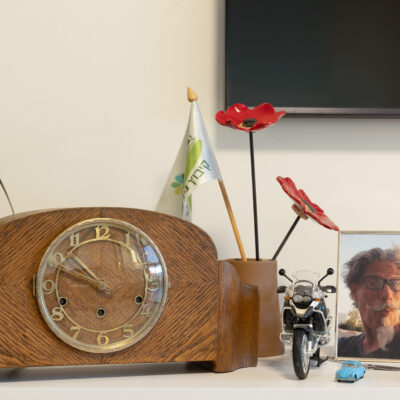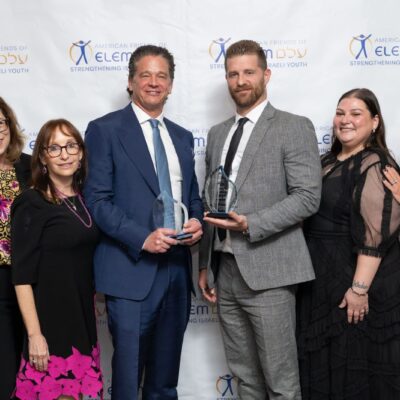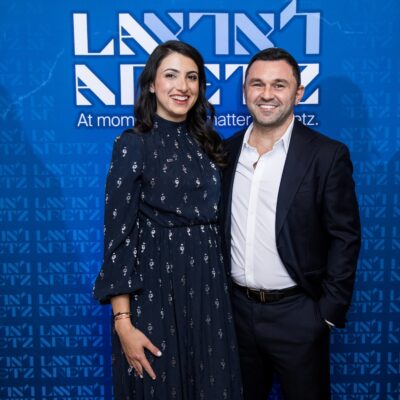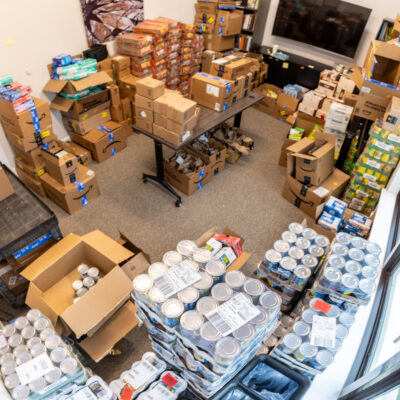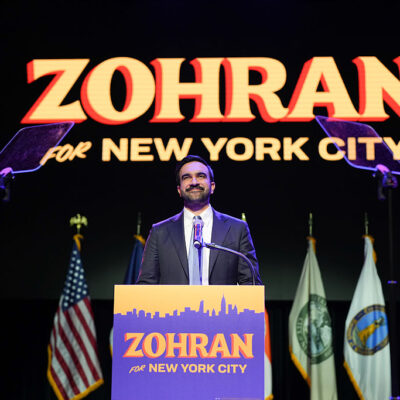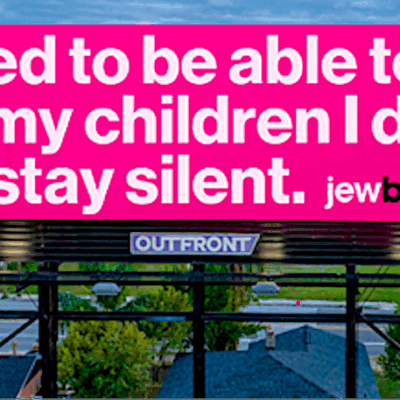Opinion
Transformational gifts for our schools and homes
Last week, Lisa Popik Coll and Gail Norry of Prizmah penned an excellent essay in eJewishPhilanthropy discussing “the next billion-dollar gift.” Calling attention to the epic donations of Ruth Gottesman and Michael Bloomberg to the Einstein and Hopkins medical schools to permanently eliminate tuition, they challenged the Jewish community to consider how such super-philanthropy could similarly transform the accessibility of Jewish education. The authors appropriately focused on the many Jewish children who are tragically missing out on a Jewish education due to the barrier to entry posed by the cost of tuition.
But that critical issue is only part of the problem, because even those families who do send their children to day schools at all costs experience an attendant strain on household finances that has a profound impact on individual and family life.
This challenge motivated the creation of the OU’s Teach Coalition, an advocacy network that has done remarkable work state by state to increase government support for private religious schools. That support is already substantial and will hopefully continue to grow as it has in places like Florida to become transformative, providing significant relief to current yeshiva families and making Jewish education accessible to many others.
Still, there remains significant room for transformative philanthropy in the realm of day school tuition. Three specific lessons can be drawn from Gottesman and Bloomberg’s gifts.
Explode the ceiling on giving to Jewish education
Years ago, Warren Buffet changed the charitable landscape with his Giving Pledge, encouraging the super-wealthy to give away at least half of their wealth. He himself pledged an astounding 99% of his company stock, noting “my family and I will give up nothing we need or want by fulfilling this 99% pledge.” Hundreds — including Ruth Gottesman and Michael Bloomberg — have followed his inspiring lead. It is now time for that kind of giving to transform accessibility to Jewish education.
Focus the giving
A billion dollars placed in a national scholarship fund would be meaningful, but it would not have a transformative impact on medical school tuition nationwide. That same sum will transform Einstein and Hopkins. Jewish education coast-to-coast is similarly too large a nut to crack. Rather than creating a national fund for affordability, super-philanthropy can transform Jewish education school by school and community by community.
Make change that is not just arithmetic but atmospheric
Expensive medical schools implicitly guide students to do the math and prioritize consideration of specialties that will quickly pay off their debts, while free medical schools can build environments that will inspire their graduates to be driven by an ethic of communal service.
Jewish education would benefit from a similar atmospheric shift. In a landmark address to educators in 1959, Rav Yitzchak Hutner noted that Torah was meant to be taught by parents to children. Though the model changed in the days of Yehoshua ben Gamla (first century) due to the weakening ability of parents to provide that education (Bava Basra 22a), family education remains the paradigm such that schools and teachers must style themselves as home and family for their students. In Rav Hutner’s inimitable formulation, we moved from tinokos shel beis-avhan to tinokos shel beis-rabban, from children of the father’s home to those of the rebbe’s school house. That majestic ideal is fundamentally challenged by the harsh realities of tuition costs.
Homes and parents are the ultimate models of pure giving. The Talmud (Kesubos 50a) struggles to understand whom the Psalmist is referring to when speaking of the one who is “oseh tzedakah b’chol eis,” constantly charitable (Psalms 106:3). A person can give a lot of charity, but constantly? The Talmud concludes that it must refer to parents who provide a home and sustenance for their children. Rather than an isolated act of charity, the home’s protective care is continuous, as charity begins and never ends at home.
Can you imagine if that was what schools, shuls and other Jewish community institutions could be made to feel like? If, like our homes, they were places where we were unconditionally embraced rather than having to pay to play? To date, we have had no choice and institutions must charge real money to cover their costs. But if transformative philanthropy could begin to change that school by school and community by community, it will not only impact access, enrollment and family budgets, but will bring the feeling of home and family to our community institutions.
What is the call to action? We can dream and pray for the emergence of one or two super-philanthropists who will have the vision and privilege to start this transformative snowball. For the rest of us, the few reading this message who do not have a hundred-million dollars to share, there is also a task ahead.
Ma tovu oholecha Yaakov mishkenosecha Yisrael — “How goodly are thy tents, Jacob, your sanctuaries, Israel” (Numbers 24:5). Of all Bilaam’s words in last week’s parsha, these are the most remembered — and, as the Talmud notes, his one enduring blessing (Sanhedrin 105b). The words have layered meanings, expressing admiration for both the secure intimacy of the private Jewish home and the sacred strength of the communal houses of prayer and study. Those centers of prayer and study are extensions of the home, places of nurture and giving that the stingy and self-centered Bilaam could only admire from afar but could never penetrate. This frames the task and opportunity for all of us, to make our homes strong and to hold them high as the models for the schools and shuls that we build to embrace, nurture and care for all who enter.
Rabbi Moshe Hauer is the executive vice president of the Orthodox Union.

 Add EJP on Google
Add EJP on Google